Design and Architecture of Maimoon Palace
Hello everyone and all members of Architecture+Design Community, how are you today? May we all always be given health and happiness in carrying out every activity in this life. This time, I want to participate and contribute back to this community. I want to invite my friends to see one of the famous buildings in my city, namely Maimoon Palace.
Talking about the Maimoon palace certainly cannot be separated from the Deli Sultanate. This palace was designed and built during the reign of the Sultan of Deli IX, Sultan Ma'moen Al Rasyid (27 August 1853 – 9 September 1924). During his reign, the Deli Sultanate reached the peak of its glory and became one of the richest Sultanates in Indonesia. The glory of the Deli Sultanate was obtained when a plantation company from Dutch colonialism appeared in North Sumatra. Sugar, coffee, rubber and tobacco became plantation products which were planted and developed by Dutch colonialism and the Deli Sultanate, earning land rent and a fairly large percentage of profits.
Political and trade relations were well established between the Deli Sultanate and Dutch Colonialism. We can see this from the name of the architect of this Maimoon Palace. This palace was designed by a Dutch named T.H Van Erp. He made this Maimoon Palace have the influence of European and Dutch nuances in its architecture. But it does not leave the local element of the Deli Sultanate.
Maimoon Palace is one of the symbols of the glory of the Deli Sultanate that we can see today. The sultanate system is no longer used in the Indonesian government. The title Sultan is still used, but only for customary titles and has nothing to do with the government system. Currently, Maimoon Palace is one of the historical attractions in my city.
Maimoon Palace Architecture
This palace stands in the middle of 4.5 hectares of land. The location of the palace is in the center of Medan City, surrounded by high-rise buildings, hotels, and government offices. Looking at the current situation and conditions, it is impossible to imagine how much land will cost for this asset. Maimoon Palace has an area of 2700 square with 30 rooms, living room and kitchen.
Right wing section.
Left wing section.
Maimoon palace consists of three main parts. The center, right wing building, and left wing building. Each consists of two floors, with a concept like a house on stilts. The right wing is not open to visitors because this building is inhabited by the heirs of the Deli Sultanate. According to historical literature that we can read on the veranda of the Palace. In the past, when the Deli Sultanate still had political power, the 1st floor served as the sultanate's office and administrative center. The second floor as the throne of the empire and a place to welcome guests. Currently, the center of the building is a place that can be visited by tourists.
We can see the European architectural style at Maimoon Palace from various aspects of this building. Such as, wall hanging motifs, hanging lamps, chairs, tables, and cabinets. We can also see the motifs of European nuances on the roof of this building. In addition, this symmetrical pattern of Maimoon Palace is very strong. Maimoon Palace is like a reflection of buildings facing each other. We can see this symmetrical style from various Roman and Greek temple architectures. In addition, the use of marble floors in the palace building further emphasizes the European influence in this palace building.
The nuances of Islam can also be seen from this palace building. In the past, the Deli Sultanate was the largest Islamic sultanate in North Sumatra. The nuances of Islam can be seen from the gate of the Maimoon Palace in the central building. This gate has no doors and is more like a large window. The top is in the form of arches like a pointed dome. We often find this kind of door in various Persian and Turkish style buildings.
Apart from the shape of the door, the architecture and characteristics of Islam can be seen from the roof of the palace. Maimoon Palace uses a roof shaped like a mosque dome. In total there are 3 black domes in this palace building. These three domes stand on a square building at each end of the corner. One of the hallmarks of magnificent buildings in the past was the use of a square or rectangular shape for the building. We can also see Moroccan architecture from the row of pillars on the roof of this building, maybe the architecture wants to emphasize the Islamic impression of this palace building.
Europe and the Middle East dominate the biggest influence in this palace building. But we can still see the Malay element in this palace. Maimoon palace building is dominated by yellow. Yellow is a color that is identical with the Malay nation, this color is also considered the color of the greatness of the Malay nation.
Maimoon Palace is one of the historical buildings and must be maintained so that the next generation understands history. In this Palace Building, we also see how tolerance and acculturation between cultures are combined with European, Middle Eastern and Malay architectural styles. Hopefully this post can provide friends with new information and knowledge for all of us.

Call me Isdarmady, because I have a full name that is very long, namely Isdarmady Syahputra Ritonga. I am a head of the family who work as Farmers Vegetables Hydroponic and Consultant Hydroponics, sometimes I also sell coffee from various regions in Indonesia.
I have expertise dispensing coffee with a variety of techniques and tools brewing, because I have the desire to make a coffee shop with hydroponics as centerpieces. Help me realize that dream.
Thanks for read, vote, re-blog and support me in Hive. Maybe god will reward the kindness, let’s success together.
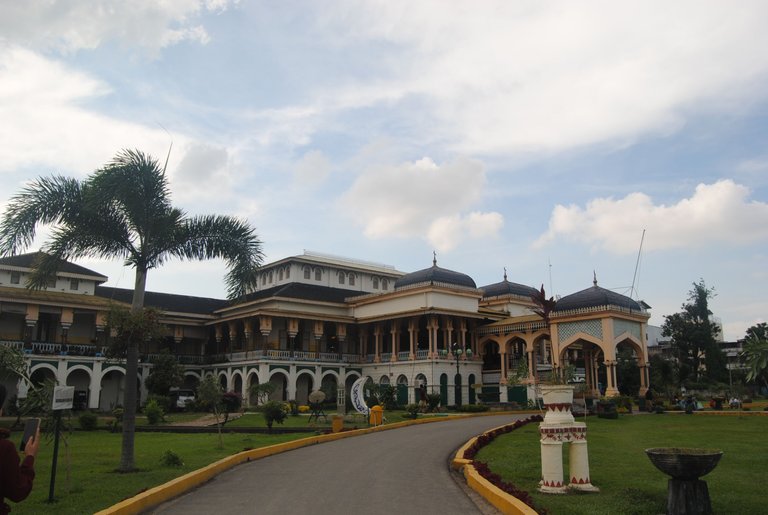
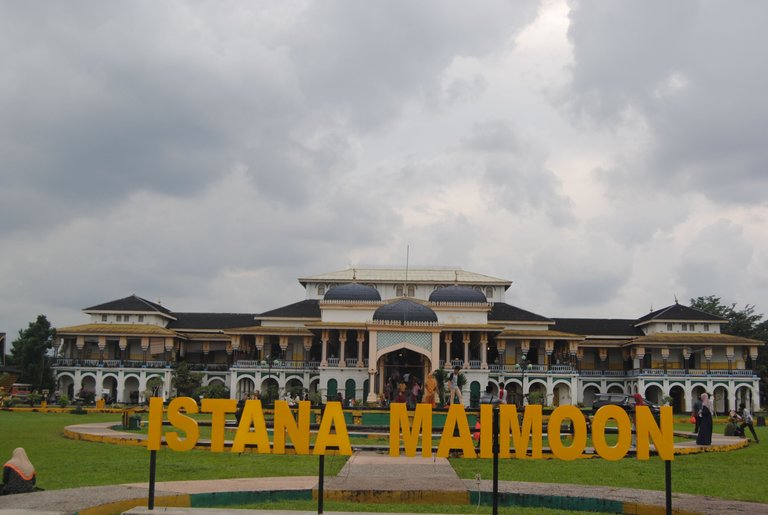
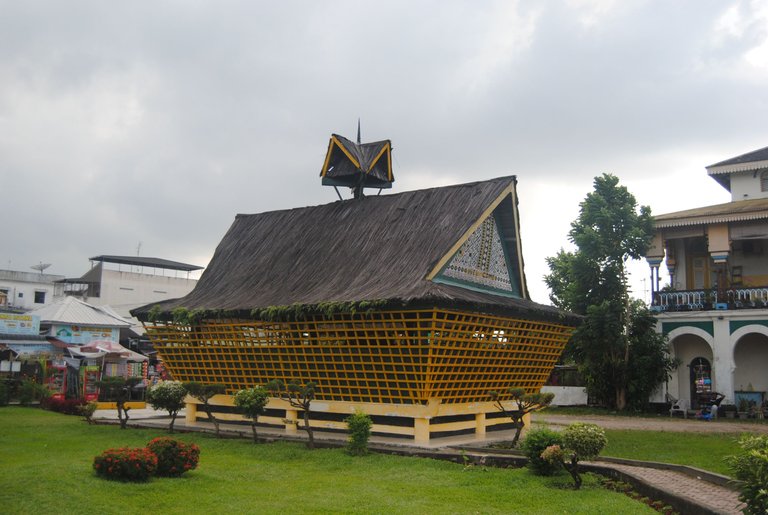
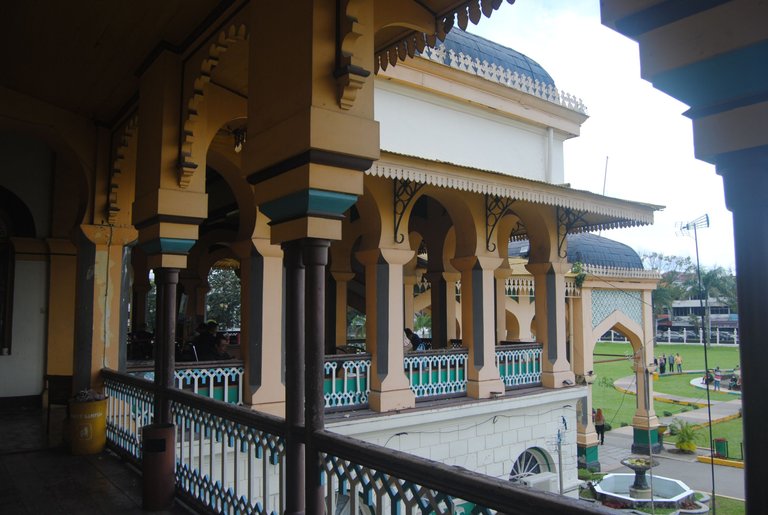
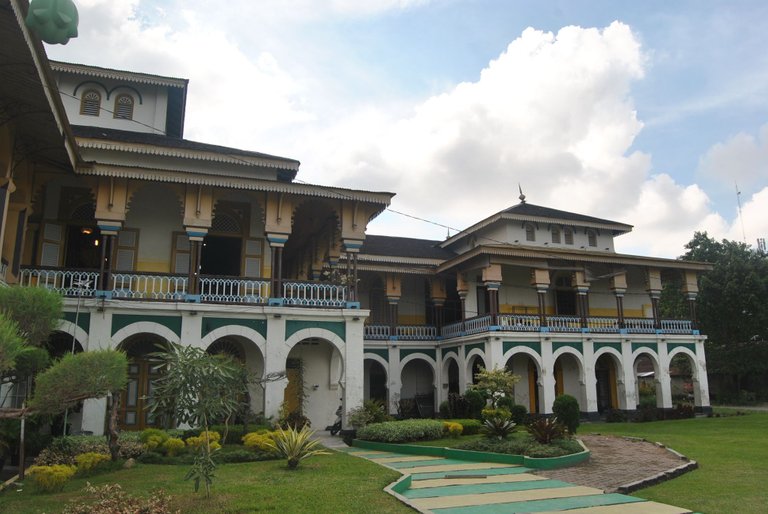
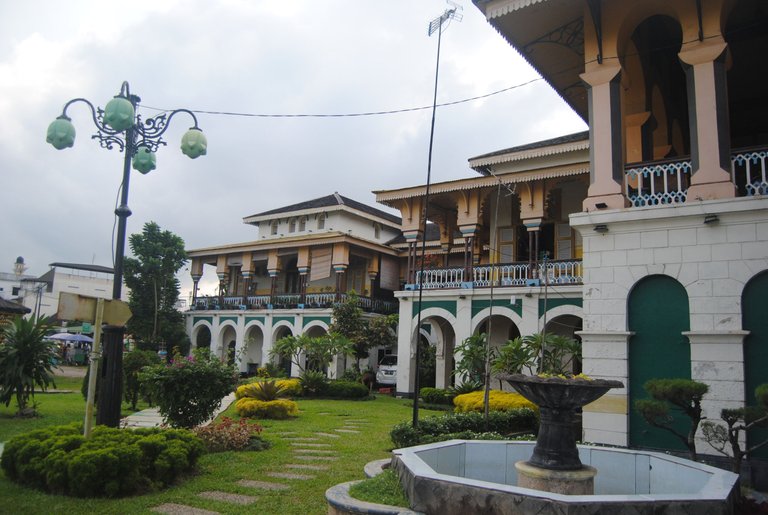
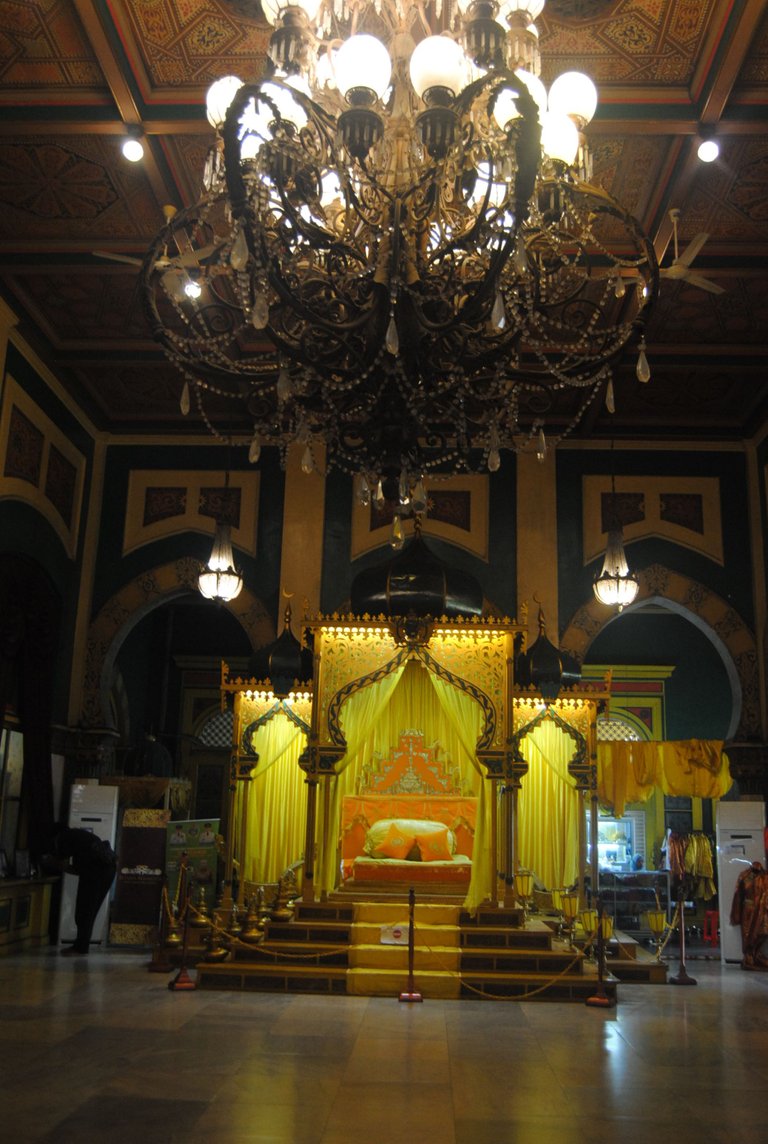
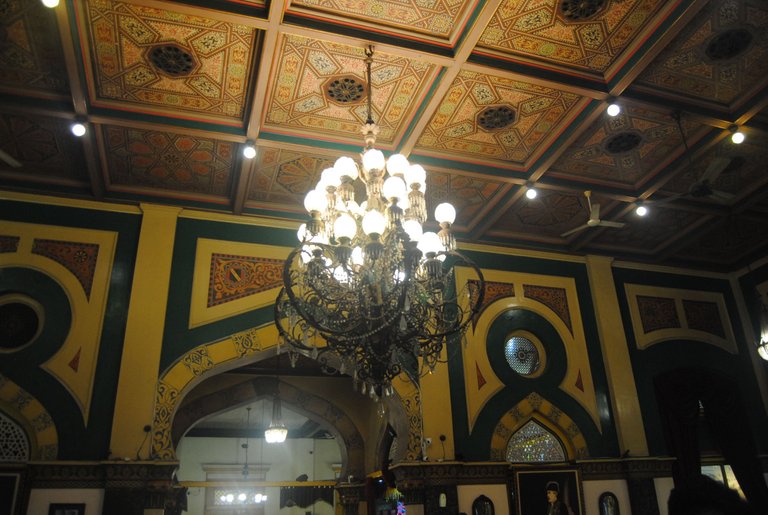
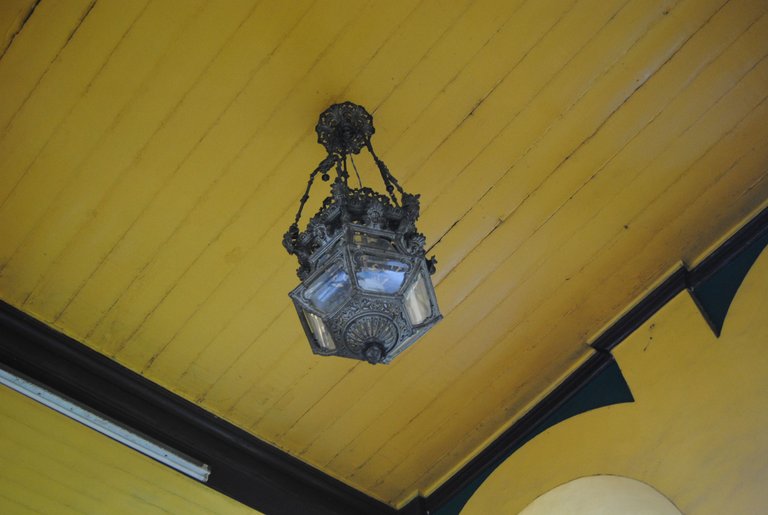
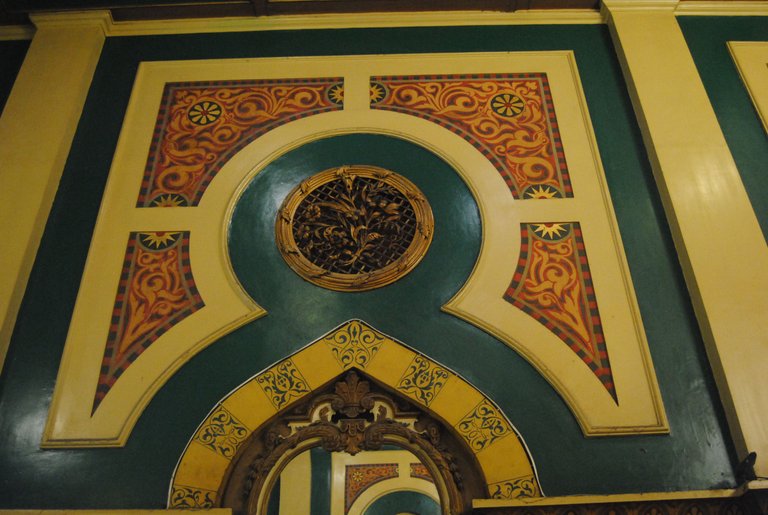
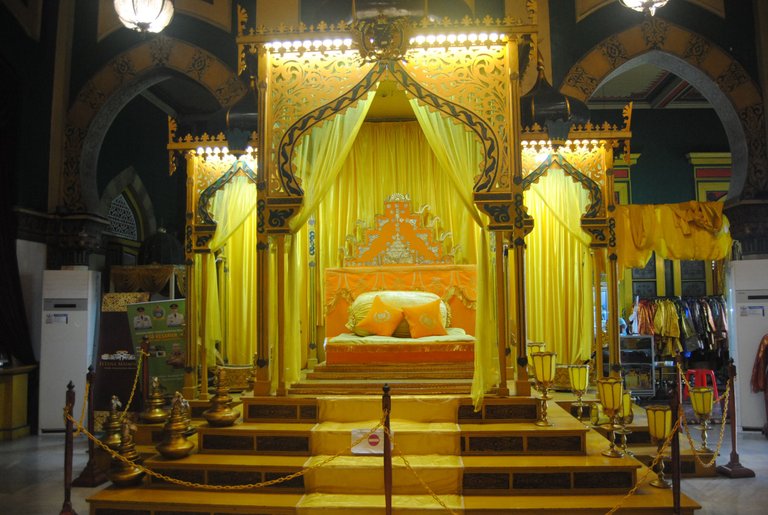
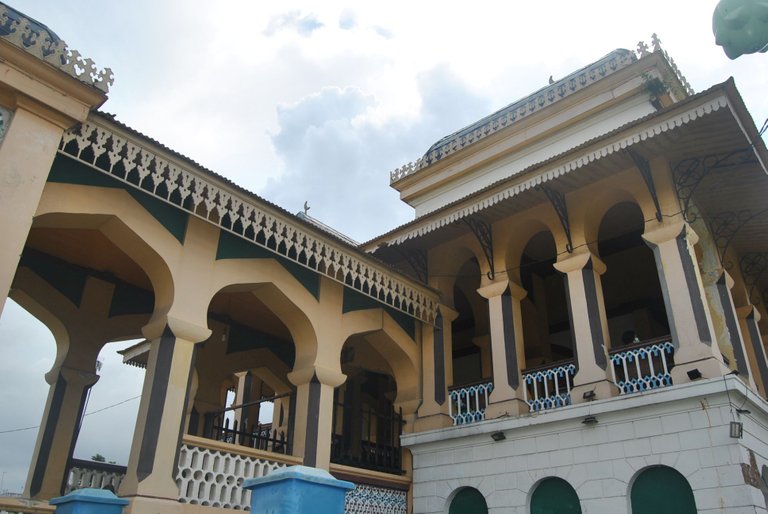
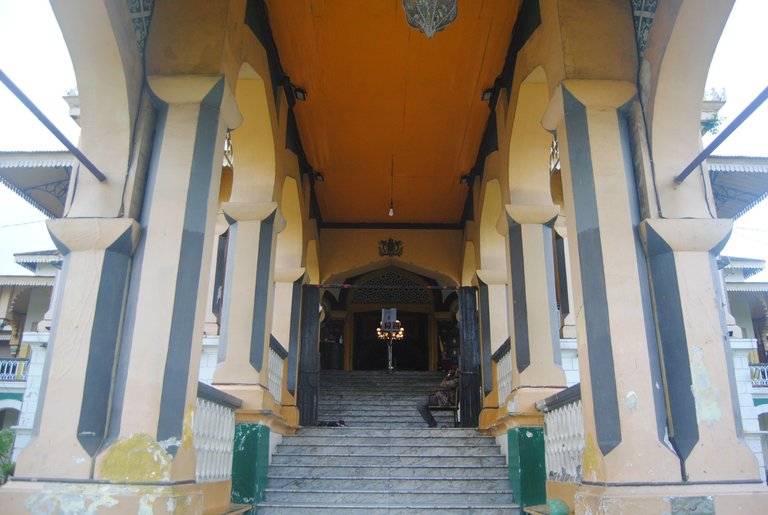
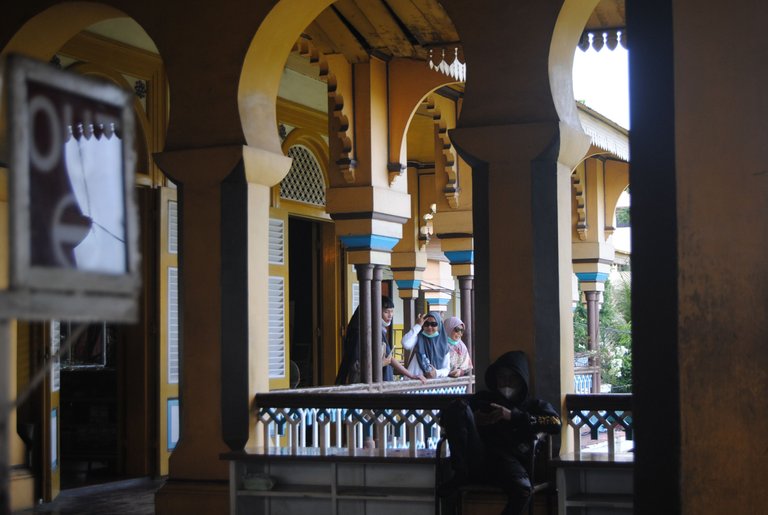
Dear @isdarmady. This post will not be considered for nomination until you have replied to all the comments in your previous architecture publication. We have sent you the same reminder there. Thank you for your cooperation.
thanks for reminding me @aplusd .. I just realized there is one positive comment that I have not responded to. thank you very much.
Congratulations @isdarmady! You have completed the following achievement on the Hive blockchain and have been rewarded with new badge(s):
Your next target is to reach 600 comments.
You can view your badges on your board and compare yourself to others in the Ranking
If you no longer want to receive notifications, reply to this comment with the word
STOPTo support your work, I also upvoted your post!
Check out the last post from @hivebuzz:
Support the HiveBuzz project. Vote for our proposal!
Hello @isdarmady. Without a doubt, Maimoon Palace is an incredibly impressive masterpiece of architecture! Thank you for orienting us on its significance, history, and technical background. Would you mind also sharing with the community your personal impressions, reactions, points of view, and actual experiences with this featured building?
hello @storiesoferne thank you for stopping by...
when I was a child, I looked at this building with great awe and a valid historical source. However, since my last visit, this Palace building has only turned into an ordinary tourist spot without any meaningful impression.
Oh yes, I love the history of my country, especially the history of the Dutch colonial era in Indonesia. There is a bitter feeling, seeing this palace, because this palace is the only one left of all the Malay royal palaces in all of North Sumatra. The revolution in 1947 made all the imperial palaces burned and destroyed except this Maimoon palace.
Wonderful! Architecture will constantly have an impact on people, regardless of how they react to these built environments. For your future publications, please don't forget to consistently include your experiences, impressions, and views about the featured building, not just its technical background. Your personal touch matters as well. Have fun! 😊
thanks for the suggestions and input for my next post.
I also feel it is very important to make impressions and experiences to enrich my posts.
Your content has been voted as a part of Encouragement program. Keep up the good work!
Use Ecency daily to boost your growth on platform!
Support Ecency
Vote for new Proposal
Delegate HP and earn more
It seems to me that it has a great architecture and it is interesting to know how coffee, rubber and tobacco were planted to obtain greater economy.
thank you for stopping by @oscargonzalez123
That's right, plantation crops such as coffee, sugar and tobacco brought glory in the past.
We must also remember, centuries ago people sailed in search of spices and seasonings.
Congratulations @isdarmady! We're delighted to specially curate your awesome publication and award it RUNNER-UP in Architecture Brew #62. More power!
Thank you for subscribing to Architecture+Design, an OCD incubated community on the Hive blockchain.